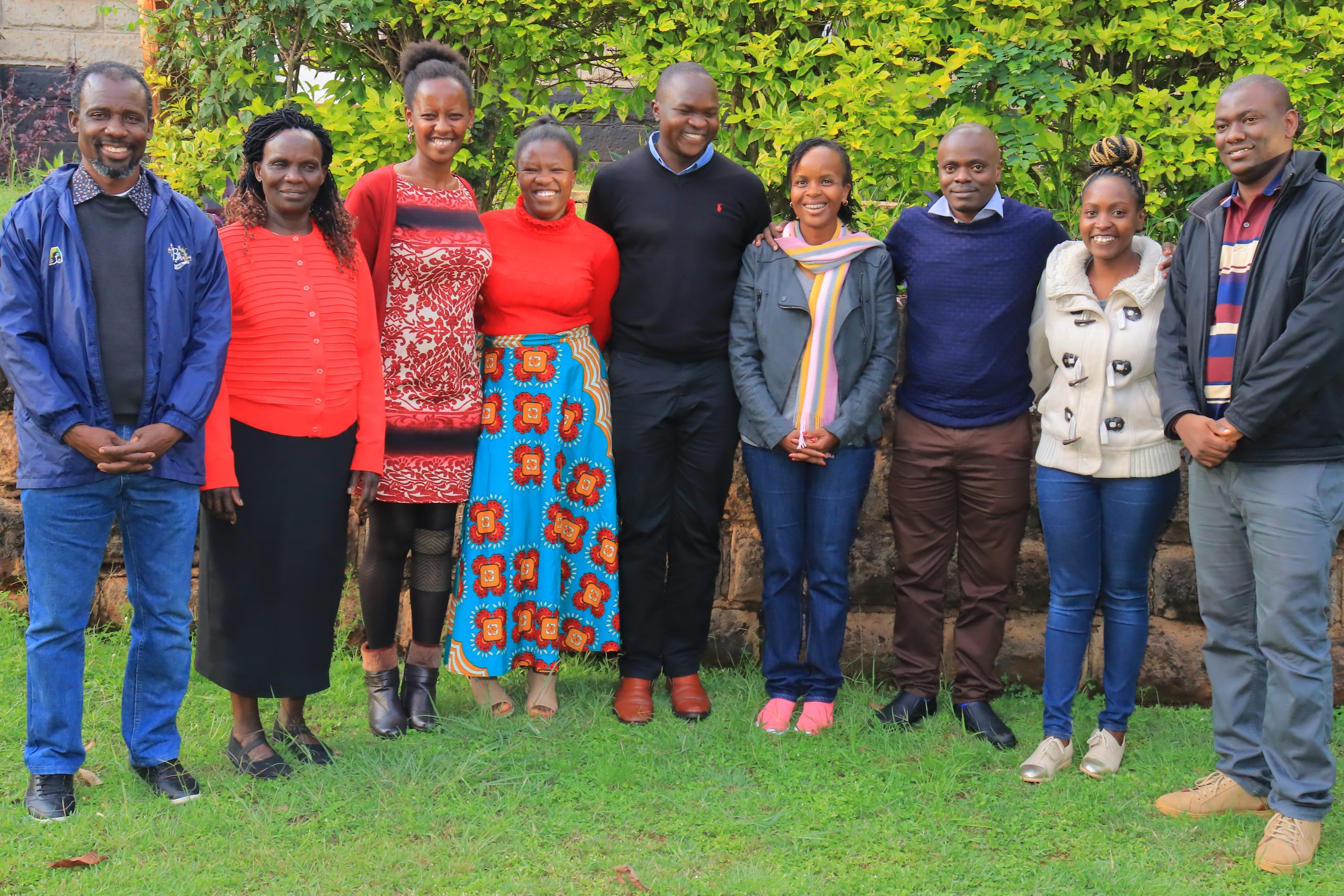By Wr. Beatrice Wairimu
On 31st October 2011, the world population hit the 7 billion mark. It is projected to be 8 billion in 2025 and 9 billion in 2050. By the end of the century, the population will be 10 billion people in the world. Thomas Malthus (1766-1834), an English clergyman, wrote an essay on population whereby he expressed the view that population growth tend to increase faster, in geometric ratio, than the means supporting them, arithmetic ratio, leading to disaster.
At least one billion people live in abject poverty without access to adequate food, shelter, medical care, education and other necessities required for a healthy, secure life. Population growth is high in poor countries and mostly sub Sahara Africa. The rapid population growth has threatened ecosystems and it is exceeding the earth’s carrying capacity. If the population will eventually overshoot the carrying capacity, then death rates will increase due to lack of food resulting to population numbers decline below the earth’s carrying capacity but we are not yet in this stage.
Kenya’s population was 5.4 million in 1949, 38.6 in 2010 and is projected to rise, to grow to 84.4 million by 2050. The fertility rate is 4.6 births per woman and there is 1 million people increase every year.A continuously growing population of increasingly poorer people places great demands on the land to provide food, water, energy and other basic needs. The current rate of demand for the provision of services is above production rates. Availability of resources such as water is increasingly becoming critical. Further the poverty levels reduce the ability of people to switch to more environmentally sustainable natural resources management and alternative livelihoods. The resources continue to diminish and degraded with the current population increase especially where appropriate technology is not applied in the production system. Assets that get depleted include clean water, arable land, fuel wood, timber, fisheries, among others.
Encroachment of environmentally sensitive areas is mostly due to the rising population. For instance, settlement in Mau forest has resulted to deforestation thereby displacing wildlife like elephants, buffaloes, bushbucks, monkeys and other species. Overpopulation and man uncontrollable migration to urban centers has led to wanton use of natural resources for construction, mushrooming of slums, congestion and even pollution.
The increasing rate of natural resource degradation poses the problem of vicious cycle between increasing population and deepening of poverty. With the rising population will the available resources serve our needs as well as the children we bear? Will birth control services solve the issue or government policies that influence population size?
Reproductive health services, education and improving the status of women are all good measures but development is the best contraceptive for population growth. If the poor people are empowered in a way that they have the relevant knowledge, have land and equipments to build wealth, then their production of goods and services would far surpass the growth of population. Sustainable development will ensure that the needs of the current generation are met without compromising the ability of future generations to meet their own.










2 thoughts on “POPULATION RISE, IS IT A VICE THREATENING OUR FUTURE?”
Hello all, i wish this post was in a daily paper for most of us reading hard copies could read it and see the truth as it is. Well said Beatrice and tell us more.
Thank you Kogi, whenever we are able to have such articles in the newspapers, we’ll do.